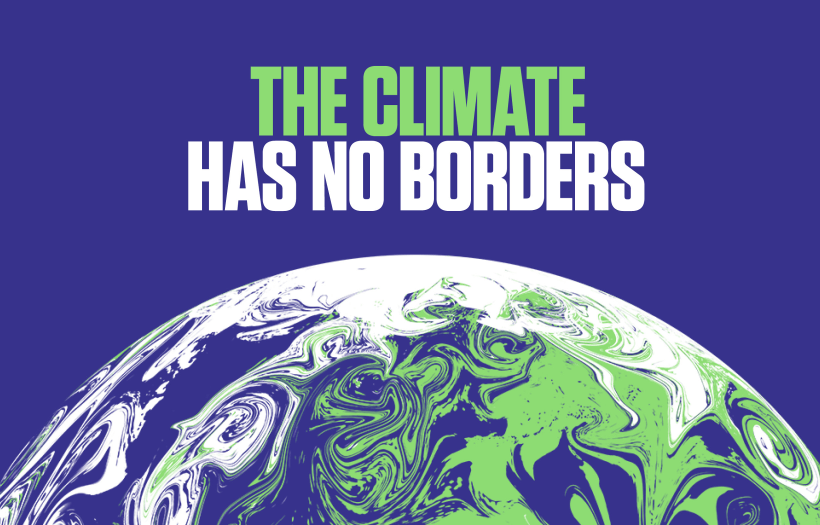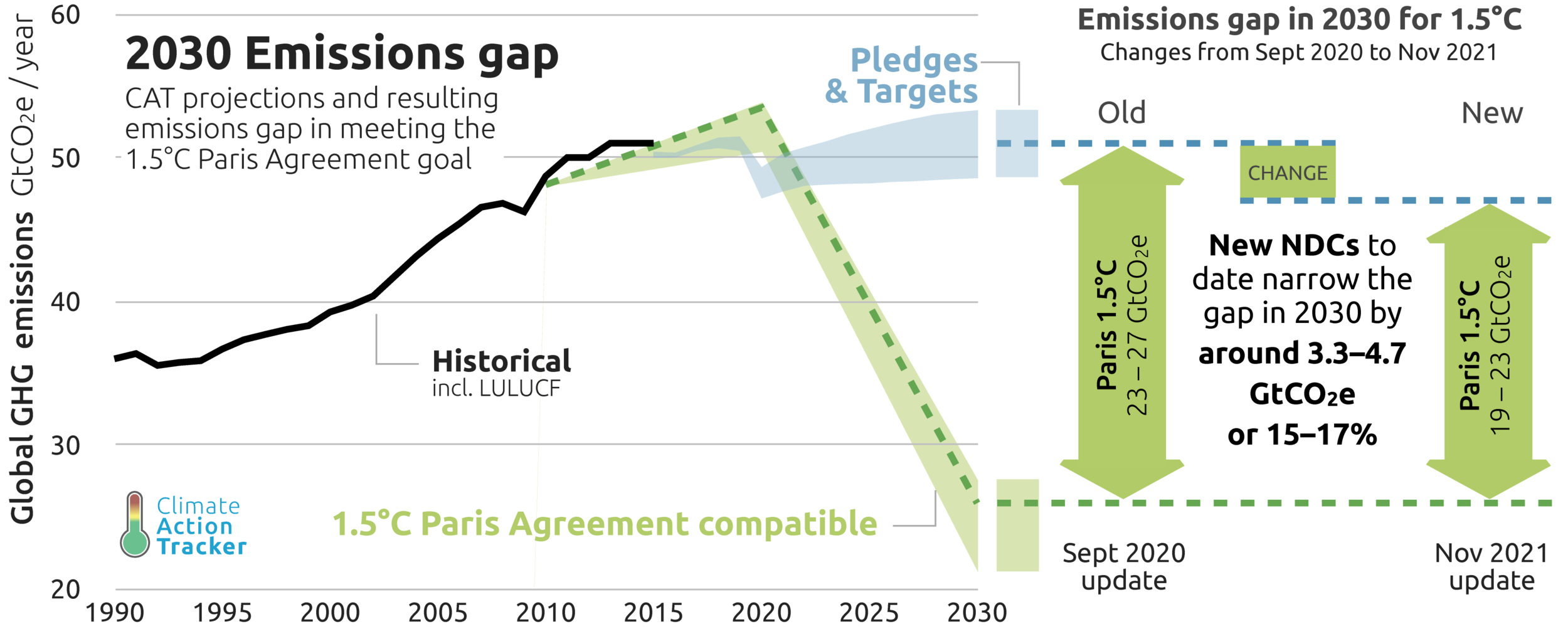The Last Chance to Save the World - A COP26 Primer
By Oliver Zhou • 3 min read
What is COP26?
The 26th Conference of the Parties (COP26), or the 26th United Nations Climate Change Conference, is a global climate action summit with over 197 nations who have agreed to combat “dangerous human interference with the climate system” to ultimately stabilize levels of greenhouse gas emissions in the atmosphere. The conference occurred recently between October 31st to November 12th, 2021.
Why Does it Matter?
COP26 was viewed as the final year to get enough buy-in from countries to honour commitments from COP21 and the Paris Agreement signed at COP16 in 2015. The Paris Agreement was a treaty ~192 countries signed that communicated targets of emissions reductions by certain years; through the treaty, countries agreed to report emission reductions on a regular basis.
However, recent research showed that without major changes, the Paris Agreement’s goal, keeping the rise of global temperature between the range of 1.5 - 2.0 degrees above pre-industrial levels, will fail.
What is the 1.5 - 2.0 degree target?
The 1.5 - 2.0 degree target is the threshold beyond which scientists say the dangers of global warming — such as deadly heatwaves, water shortages, crop failures, and ecosystem collapse — are a certainty. Recent scientific data after 2015 shows that each increment above 1.5 degrees magnifies the severity of the effects of global warming. COP26 hoped that signatories will cut emissions faster and deeper than they already are doing.
What were the major goals of COP26?
Secure global net-zero by mid-century and keep 1.5-degree target within reach
Accelerate the phase-out of coal
Curtail deforestation
Speed up the switch to electric vehicles
Encourage investment in renewables
Adapt to protect communities and natural habitats
Protect and restore ecosystems
Build defenses, warning systems, and resilient infrastructure to avoid loss of homes, quality of life, and lives
Focus on vulnerable communities that are impacted by climate change
Mobilize finance
Developed countries to mobilize at least $100bn in climate finance per year by 2020 to help the most vulnerable nations adapt to the impacts of warming and build economies that don’t depend on fossil fuels
Work together to deliver
Finalize the Paris Rulebook (rules that make the Paris Agreement operational)
Accelerate action to tackle the climate crisis through collaboration between governments, businesses, and civil society
What were the results of COP26?
COP26 is largely considered a failure by most. As seen by the graphic below, the new commitments following the conference are not effective enough to narrow the projected “emissions gap”. Hence, the 1.5-degree target continues to unlikely to be achieved by 2030, however, progress was still made. Negotiators dubbed incremental progress as “the least worst outcome”; there are some building blocks in place, providing hope that our planet may succeed. Nonetheless, what is clear is that there is still not enough being done today. We must continue to push the communities, corporations, and countries we are a part of to do their part.
“The Least Worst Outcome”
What are some business implications of COP26?
As business students, it is prudent to consider the business implications that climate change is creating.
Business Innovation and New Business Models
Rising regulatory risks for high-emission assets, the falling cost of capital for green-energy investments, and the increasing price of carbon emissions create a new for more innovation and changing business models.
Bullish Green Finance Market
COP26 is likely to turbocharge the green finance market, especially as one of the goals of the summit is to help private finance support a whole-economy transition to net zero.
Capital will increasingly flow toward greener companies and countries, putting extractive and polluting business models at heightened risk
Consumer Behaviour
Growing awareness of the climate crisis is influencing consumer expectations and behaviors. The EY Future Consumer Index found consumers willing to pay a premium for sustainable products and services will make up a third of the consumer base in 18 major markets as we move beyond COVID-19.
Talent
73% of workers want employers to improve their sustainability policy. Canadians are “six times more likely to take significant steps to avert catastrophic global warming.” Engaging with COP26 and sustainability practices are key for employee acquisition and retention that translates to future economic benefit.
Going Beyond COP26
While COP26 has fallen under the radar to many companies and individuals, those who recognize and invest early in a shifting economy stand to benefit the greatest economically. And beyond that, it is our responsibility as future business leaders to voice our opinions in the corporations we join to ensure that in the next century, there is still a society for our communities, family, and children to thrive in.
In the words of Ivey’s mission statement, be a business leader who thinks globally, acts strategically, and contributes to the societies in which you operate by taking a stand on climate change.

